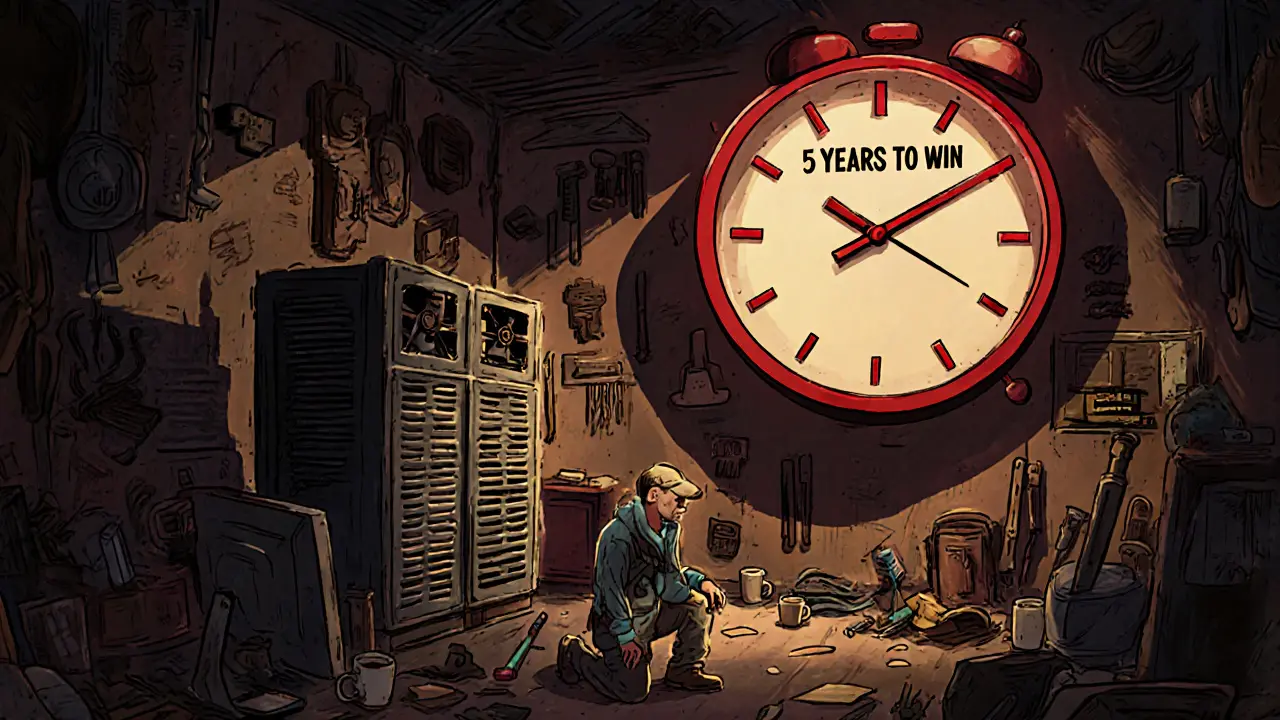Bitcoin Mining: How It Works, Where It’s Still Possible, and What’s Changed
When you hear Bitcoin mining, the process of validating transactions and securing the Bitcoin network using powerful computers to solve complex math problems. It’s the backbone of Bitcoin, but it’s not what it used to be. Back in 2017, you could mine Bitcoin on a gaming PC. Today, it’s a high-stakes industrial operation—driven by cheap electricity, massive hardware, and government rules that change overnight.
Kazakhstan crypto mining, once the second-largest Bitcoin mining hub after the U.S., collapsed after a 2022 energy crisis forced strict limits on power use for miners. The country went from hosting over 18% of global Bitcoin hash rate to slashing licenses and forcing operators to shut down or relocate. Meanwhile, crypto mining restrictions, laws that limit or ban mining to protect national grids or reduce carbon emissions. are popping up everywhere—from China’s total ban to Russia’s new tax rules and the EU’s proposed energy caps. Even in places like the U.S., states like New York and Vermont have paused new mining permits over grid concerns.
So where does mining still make sense? It’s not about luck anymore—it’s about access. Bitcoin mining laws, local regulations that define who can mine, how much power they can use, and whether they need permits. now determine survival. Miners have moved to Texas for cheap wind power, Paraguay for low-cost hydro, and parts of Georgia and Iran where electricity is subsidized. But even there, rising hardware costs and Bitcoin’s halving cycles mean only the most efficient operations break even.
You won’t find a guide here that says "mine Bitcoin from your laptop"—because that’s dead. What you will find are real stories: how Pakistan bypassed banking bans to trade crypto instead of mine it, how Kazakhstan turned from mining hotspot to regulatory model, and why some so-called "mining" projects are just scams dressed up as opportunities. The posts below show you what’s actually happening on the ground—not the hype, not the promises, but the hard facts about where Bitcoin mining stands in 2025, who’s still in the game, and what’s really driving the changes.


